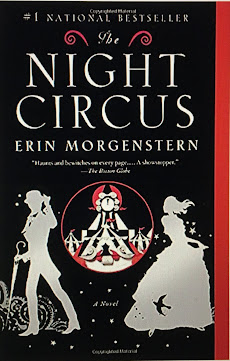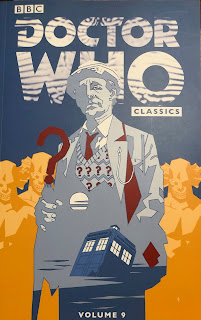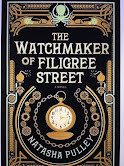What Happened Next? Oz Inspired Sequel Takes a Look at Mental Health and Murder by Theresa Gauthier
After Oz by Gordon McAlpine
Anyone who’s ever read a book or seen a movie has, on occasion, wondered what happened to the characters after the final page is read or the end credits roll. Sometimes, conversations might lead to a tweaking of details—“what if this character had done this instead of that” is just as tantalizing a thought as “what happens next” is to true fans of the stories. I’m certain a story as beloved as The Wizard of Oz (original story by L. Frank Baum) has inspired many a “what if” conversation.
Gregory McGuire’s Wicked springs to mind as one example, but there have been myriad others. Notably:
The Dorothy Must Die series by Danielle Page, reimagining Dorothy as the villain.
Finding Dorothy by Elizabeth Letts, a story told through the eyes of L. Frank Baum’s widow as she struggles to keep the film true to her husband’s vision because she alone knows the secrets of the story.
A City of Emeralds and Envy by Rebecca F. Kenney, book three in the Wicked Darlings series
Spelled by Betsy Chow, a YA reimagining of the Oz story
The Last Witch of Oz by Mae Holloway, a visit to an Oz that has outlawed witches
Twisted by Elizabeth Montgomery, a mixed up Wonderland and Oz crossover
There are so many retellings, what makes Gordon McAlpine’s After Oz different? Tone, story, characters—McAlpine’s goal isn’t to retell or even to revisit Oz at all. He instead tells the story of a missing girl whose return sparks more questions than her disappearance, whose story of a far away land where Scarecrow’s talk and witches can melt are considered blasphemous and evil.
When a body, someone the towns people could easily see as a witch, turns up with a melted face, suspicion doesn’t so much fall upon Dorothy as it tackles her in a headlong rush.
McAlpine’s constructed a mystery around Dorothy’s return to Kansas, a dark look at prejudice, societies blindness to mistreatments in mental hospitals, societies easy embrace of a quick and convenient answer—the answer people want to believe as opposed to the actual truth—a murder, too many suspects, and a town too ready to latch onto the most convenient answer. Dorothy has one advocate in McAlpine’s story, and a woman doctor in the 1890s doesn’t wield much power nor invoke the trust she might if she were a different gender. Dr. Evelyn Grace Wilford is finds Dorothy fascinating. She’s shocked by some of the treatments the little girl—she’s eleven-years-old, must endure as the staff at the Topeka Insane Asylum try to cure her of her fantastical delusions. She also comes to believe that this smart, well-spoken little girl couldn’t be a murderer.
The mystery is real and well plotted, the story well told, but I found myself wondering throughout if I were supposed to believe Dorothy had told the truth or that she was delusional in some way. That question never gets answered so I opted to believe Dorothy went to Oz. After all, I grew up reading all the Oz books and waiting impatiently for the movie to appear each spring on television—then the only way you could see it. I’d seen her go to Oz, and though I was aware there was a strong inclination to push the “it was a dream” scenario, I always rejected that.
This Dorothy’s world is different from the one we glimpse in either the original L. Frank Baum books or the movie musical. Her aunt and uncle aren’t quite the sweet couple we remember, and the trio of farm hands are absent from the story. That isn’t the only difference. Uncle Henry isn’t much enamored of his niece in the story. Referring to her as “the girl” rather than by name, he has secrets about her that he hasn’t shared with his wife. Emily Gale isn’t, to my recollection, referred to as Em in these pages, but her love for Dorothy is unwavering.
I can’t say I’d read it again. While I was reading it, I kept thinking how sad it was to change the characters so much. Of course, L. Frank Baum’s original intent was for Dorothy to be a feminist figure. He wanted her to be able to handle the problems in Oz and get home on her own. The movie was a drastic departure from the book in this regard.
That it then inspired so much interpretation isn’t at all surprising.
I listened to the audiobook, and the narrator, Maria Ru-Djen, did an amazing job telling the story.







Comments
Post a Comment